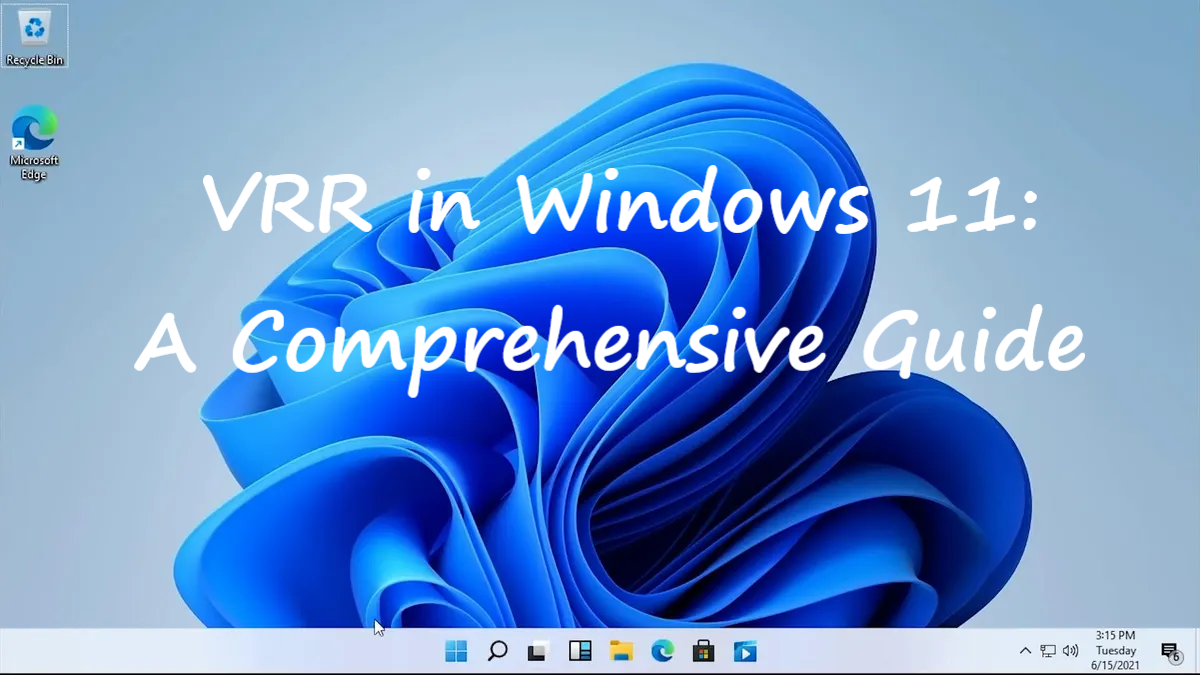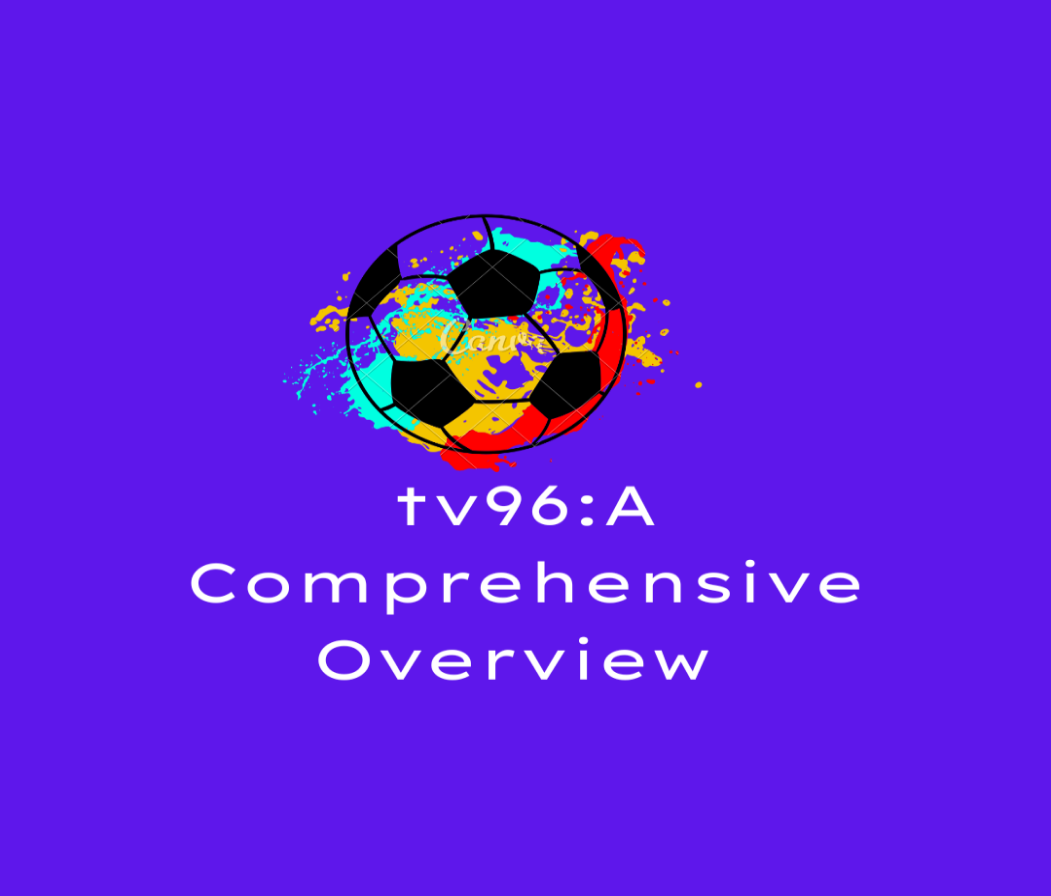Variable Refresh Rate (VRR) is a technology designed to improve gaming experiences by reducing screen tearing and stuttering. Windows 11, Microsoft’s latest operating system, supports VRR, making it easier for gamers to enjoy smooth and responsive gameplay. In this article, we will explore VRR in Windows 11, including how it works, how to enable it, and its benefits and limitations.
What is VRR?
VRR stands for Variable Refresh Rate. It is a technology that allows a display to change its refresh rate dynamically to match the frame rate of the content being displayed. Traditional displays have a fixed refresh rate, typically 60Hz, 120Hz, or higher. However, if the graphics card in a PC produces frames at a rate different from the monitor’s refresh rate, screen tearing or stuttering can occur.
Screen tearing happens when a display shows multiple frames in a single screen draw. This can result in a split or “tear” in the image. Stuttering, on the other hand, occurs when there is a delay between frames, causing the image to appear choppy. VRR helps to eliminate these issues by synchronizing the display’s refresh rate with the frame rate output by the graphics card.
How VRR Works in Windows 11
Windows 11 supports VRR natively, which means that it can work with compatible monitors and graphics cards without requiring third-party software. The operating system automatically detects if your hardware supports VRR and can enable it to improve your gaming experience.
When VRR is enabled, Windows 11 communicates with the monitor and graphics card to adjust the refresh rate in real-time. If the frame rate drops during gameplay, the refresh rate of the monitor will drop to match, reducing the likelihood of screen tearing and stuttering. If the frame rate increases, the refresh rate will also increase to maintain smooth visuals.
Enabling VRR in Windows 11
Enabling VRR in Windows 11 is a straightforward process, but there are a few prerequisites. Your system must have:
- A compatible graphics card that supports VRR.
- A monitor that supports VRR (such as those with FreeSync or G-Sync technology).
- The latest drivers installed for both the graphics card and the monitor.
Steps to Enable VRR in Windows 11:
- Check Compatibility: Ensure your monitor and graphics card support VRR. Most modern gaming monitors with FreeSync or G-Sync support VRR.
- Update Drivers: Make sure your graphics card drivers are up to date. You can usually download the latest drivers from the manufacturer’s website (e.g., NVIDIA, AMD, Intel).
- Open Display Settings:
- Right-click on the desktop and select Display settings.
- Scroll down and click on Advanced display settings.
- Enable VRR:
- Under the Refresh rate section, you will see an option to enable VRR if your monitor supports it.
- Toggle the VRR setting to On.
- Adjust Graphics Settings in Games: Some games have their own VRR settings. Make sure to enable VRR in the game settings as well.
Benefits of VRR in Windows 11
1. Smooth Gameplay
VRR provides smoother gameplay by synchronizing the refresh rate of the monitor with the frame rate of the game. This eliminates screen tearing and reduces stuttering, providing a more fluid and enjoyable gaming experience.
2. Reduced Input Lag
By maintaining a consistent refresh rate, VRR can reduce input lag. Input lag is the delay between pressing a button and seeing the result on the screen. With VRR, the system can react more quickly to input, providing a more responsive gaming experience.
3. Better Visuals
VRR helps maintain image quality even during fast-paced action scenes. Since the refresh rate adjusts dynamically, the monitor can display frames as they are produced, resulting in clearer and sharper images.
4. Energy Efficiency
VRR can also be more energy-efficient, as the monitor only refreshes as often as necessary. This can reduce power consumption, especially on monitors with higher refresh rates like 120Hz or 144Hz.
5. Versatility
VRR is versatile and works across a wide range of games and applications. Whether you are playing a fast-paced first-person shooter or a slow-paced strategy game, VRR can improve the overall experience.
Limitations of VRR in Windows 11
While VRR offers many benefits, it also has some limitations that users should be aware of.
1. Hardware Requirements
Not all monitors and graphics cards support VRR. Users must ensure their hardware is compatible with this technology. Additionally, older systems may not support VRR at all, limiting its accessibility.
2. Compatibility Issues
Some games and applications may not fully support VRR, which can lead to inconsistent performance. In some cases, enabling VRR might cause issues like flickering or unstable frame rates. Users may need to disable VRR in such cases.
3. Limited Benefits on High-End Systems
For users with high-end systems that can consistently produce frame rates above the monitor’s refresh rate, the benefits of VRR may be less noticeable. In these cases, VRR might not provide a significant improvement.
4. Power Consumption on Laptops
While VRR can be energy-efficient, on laptops, it might increase power consumption under certain conditions. If the laptop’s battery life is a priority, users might need to balance the benefits of VRR with potential battery drain.
5. Potential Visual Artifacts
In rare cases, VRR can introduce visual artifacts, such as ghosting or flickering. These issues are more common in older monitors or with certain graphics card settings. Users may need to experiment with settings to minimize these effects.
Optimizing VRR for the Best Experience
To get the most out of VRR in Windows 11, consider the following tips:
1. Use a Compatible Monitor
Ensure you are using a monitor that fully supports VRR. Monitors with FreeSync or G-Sync are designed to work seamlessly with VRR technology.
2. Update Your System Regularly
Keep your operating system, graphics card drivers, and monitor firmware up to date. Regular updates can improve VRR performance and resolve compatibility issues.
3. Adjust In-Game Settings
Some games may have specific settings that work better with VRR. Experiment with different settings to find the optimal balance between performance and visual quality.
4. Monitor Refresh Rate Range
Check your monitor’s VRR range. Some monitors have a limited range in which VRR is effective (e.g., 48Hz to 75Hz). Ensure your game’s frame rate stays within this range for the best results.
5. Test Different Scenarios
Test VRR in various gaming scenarios, such as fast-paced action games and slower, more graphically intense titles. This will help you understand how VRR impacts your experience across different types of games.
Conclusion
Variable Refresh Rate (VRR) in Windows 11 is a powerful tool for enhancing the gaming experience. By synchronizing the monitor’s refresh rate with the game’s frame rate, VRR reduces screen tearing, minimizes stuttering, and provides smoother gameplay. While VRR has some limitations, such as hardware requirements and potential compatibility issues, the benefits often outweigh these drawbacks.






Leave a Reply